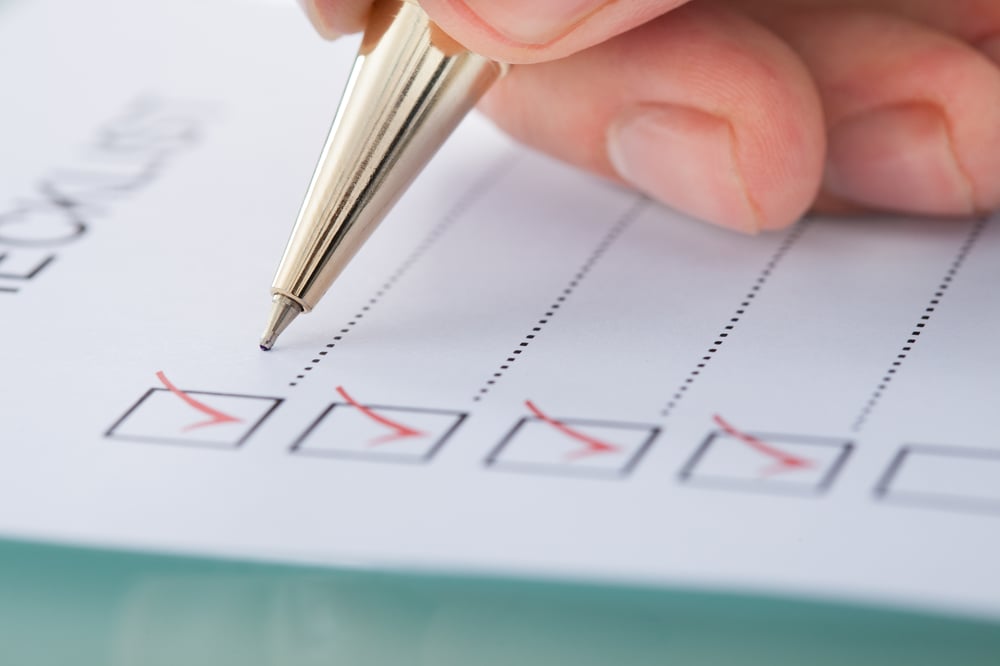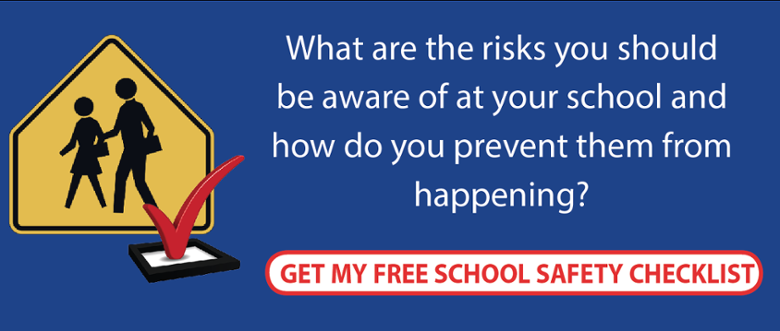
Preventing lone worker hazards in the workplace can be a difficult task, particularly in an educational institution. Teachers face challenges in the workplace that are often not an issue for those in other professions. Due to the nature of their job, teachers can often find themselves in vulnerable positions with threats or violent attacks from pupils. Health and safety managers are responsible for the protection of both teachers and pupils, therefore it is important to ensure that every measure is taken to prevent/ correctly respond to any incidents or accidents that take place. Auditing is a powerful tool when it comes to protecting lone workers, and knowing how to get the best out of safety audits can greatly improve the experience of both staff and pupils. Here are seven useful tips that will help to improve auditing practices:
1.Ensure the Safety Plan Is Relevant
Making sure the safety plan that your institution follows is tailored specifically to target problem areas in the school. A generic safety plan is fairly unhelpful when it comes to effective planning, as each institution will vary greatly from another. Schools in certain geographical locations may be more susceptible to attacks on staff. For example, in areas where the crime rate is significantly higher, or in schools that accommodate larger numbers of pupils suffering from behavioural difficulties. By identifying the specific risks that your teachers face, tailoring a plan that is relevant will be simpler. The safety plan must incorporate all areas of risk that are particularly problematic and prominent in the school, therefore regular and thorough risk assessments are essential.
2.Identifying Specific Risks
Identifying lone worker hazards and hazards that may pose risk to any other members of staff or pupils is key to successful audits. As stated, risks will likely differ for each institution, but there are some common risks that can be found in most educational environments. This can include hazardous machinery or equipment that is operated by staff or students. Some staff members may be required to operate electrical equipment such as photocopiers, or computers. It is therefore important that all equipment of this nature is regularly maintained. Staff may be required to work alone or out of teaching hours, so ensuring that all risks are identified is paramount.
3. Incorporating Security Systems
Security Systems are an integral part of keeping all members of staff safe in a school environment. Therefore, it is always recommended to keep all technology up-to-date when it comes to alarms or safety devices. Regular checks and maintenance should be scheduled into the safety plan to make sure all systems are correctly operating at all times. It is also a good idea to regularly review areas that may be in need of additional security equipment. It is important that staff are able to alert others for help if an accident does occur in order for the response to be as quick and effective as possible. Teachers can benefit from personal safety devices such as panic alarms or communication devices that will alert colleagues in the event of an emergency.
4. Keeping Staff Informed
Knowledge is power when it comes to health and safety. This means that all staff should be equipped with the knowledge needed to follow the health and safety procedures as outlined by the school. Audits can help managers keep track of all training that has been undertaken by staff and help to identify areas where staff may lack knowledge. All staff should be capable of triggering any alarms that they may be required to use and be comfortable with the procedures that need to be taken when certain incidents occur. Procedures may differ depending on the scenario, so all staff should be kept informed of how to respond to different scenarios. For example, the response to a fire in the school will differ from the response to a physical attack against a teacher, or an intruder in the building.
5. Prioritising Risks
Categorising risks is a useful way of ensuring greater risks are given priority. However, certain risks may be greater in different departments of the school. Therefore, these must be identified and prepared for accordingly. Regular risk assessments will help managers identify specific areas for concern and assist in the prioritisation of various risks and hazards.
6. Aim to Improve Response Times
By following all of the advice given above, the time taken for staff to respond to an emergency may be significantly improved. The key to a quick response time is communication and adequate training. Each staff member must be aware of their role when it comes to responding to accidents, incidents, or emergencies. By keeping an audit trail, managers will be able to find areas that are in need of improvement. This means identifying any issues that may be slowing the response procedure down.
7. Undertaking Regular Inspections
As the risks in schools are ever-changing, regular inspections can help prevent accidents from occurring. This means inspecting all areas of the school and keeping a record of the findings. As risks can vary in different departments, the entire school should be inspected to avoid any risks from being overlooked.





